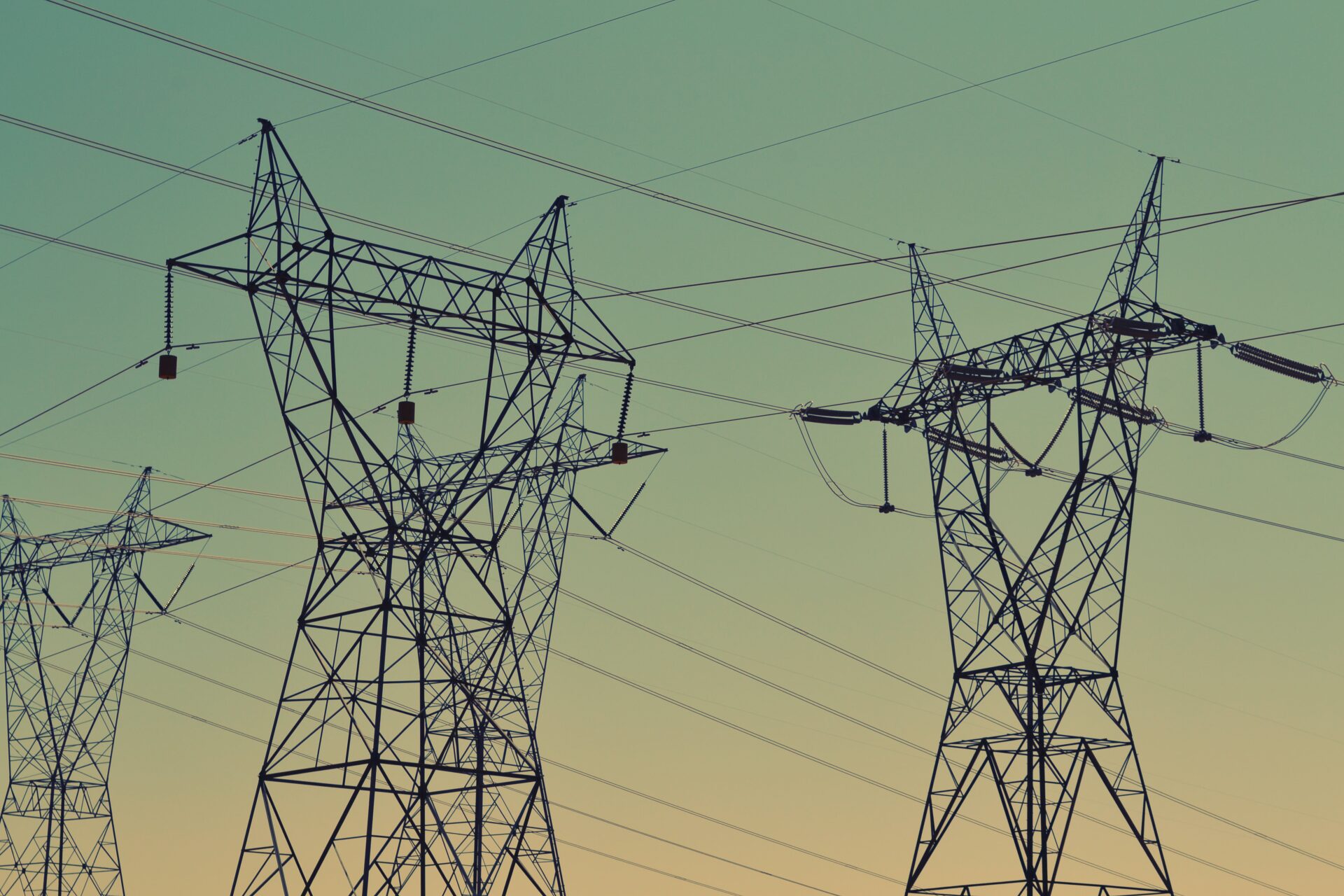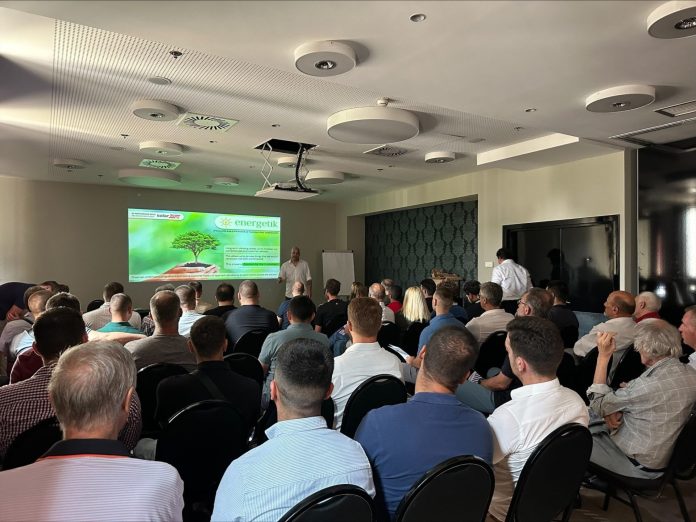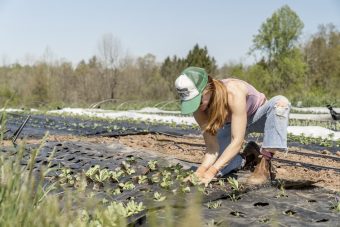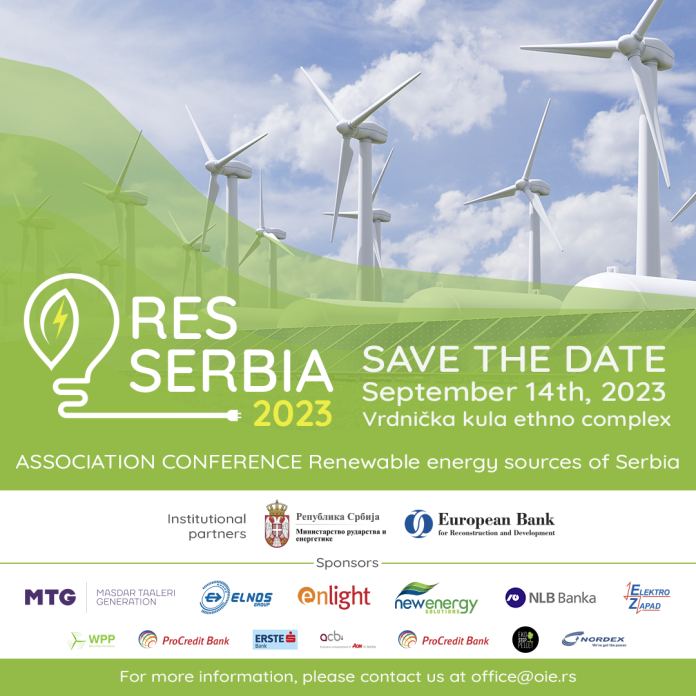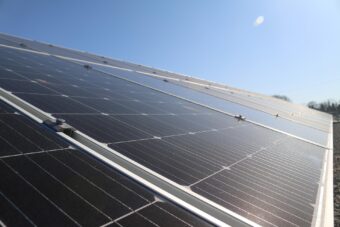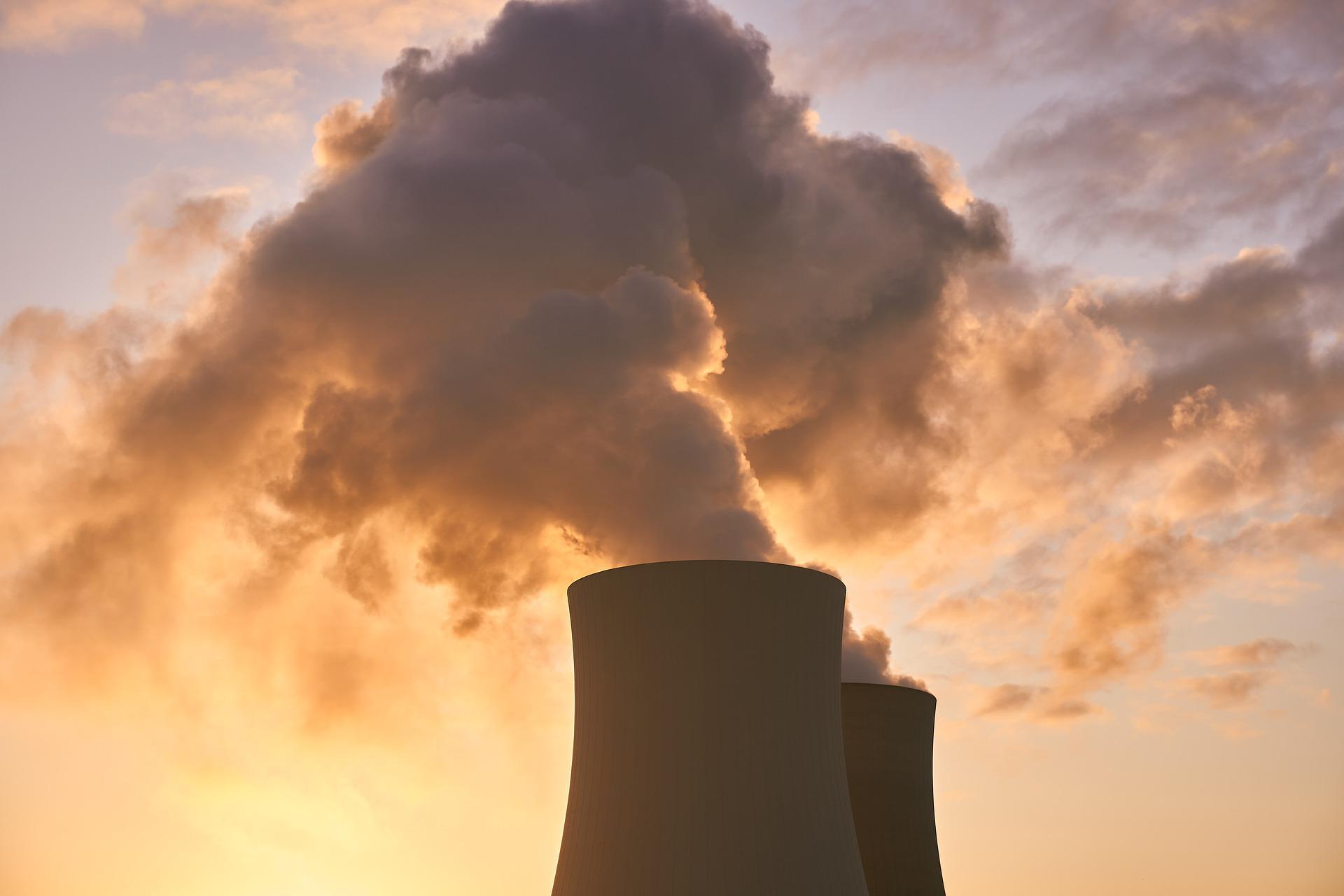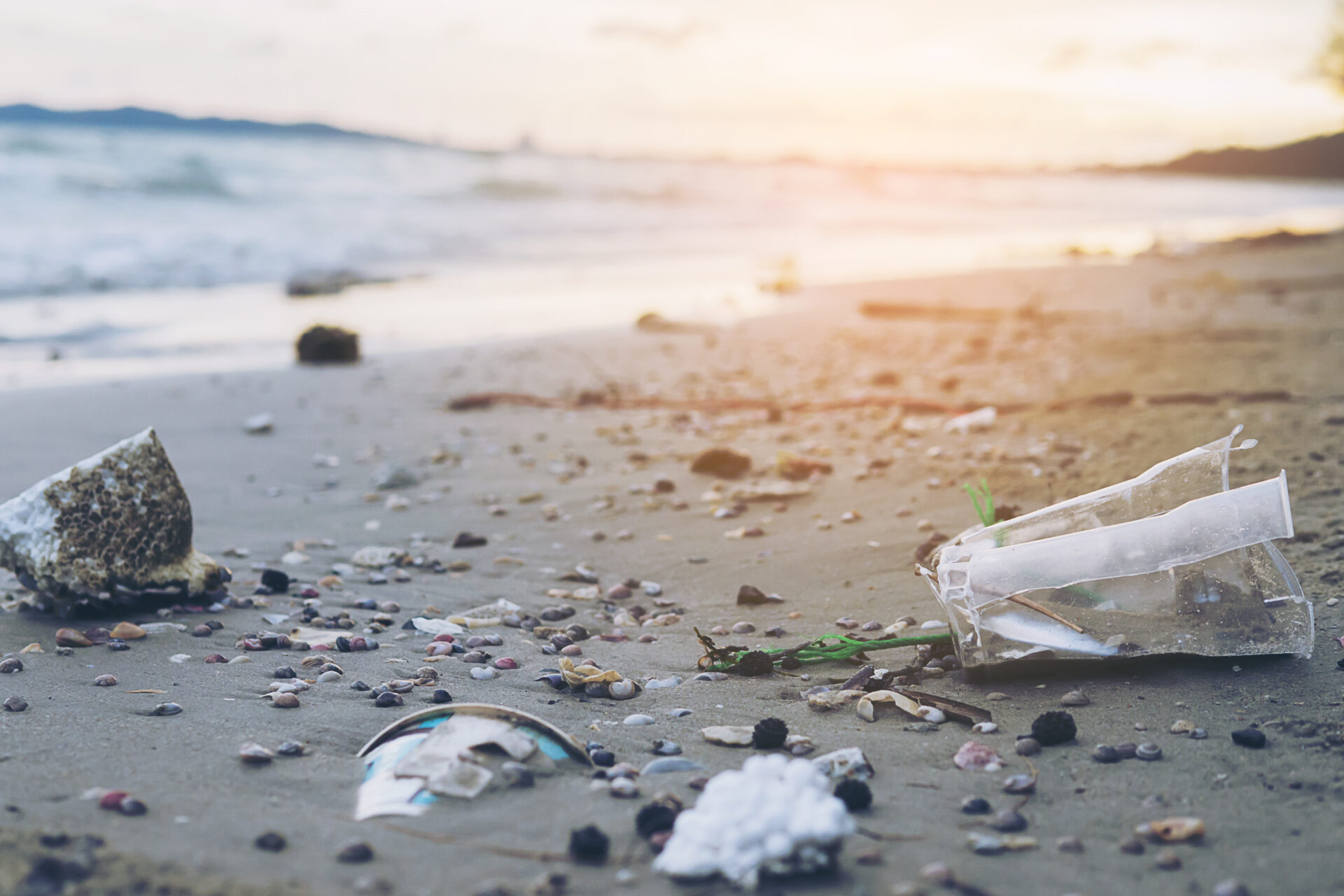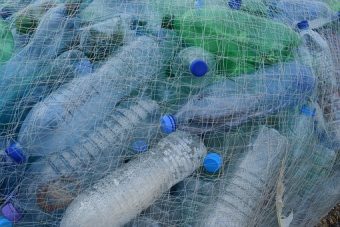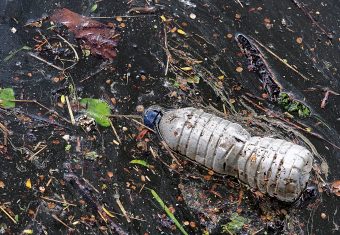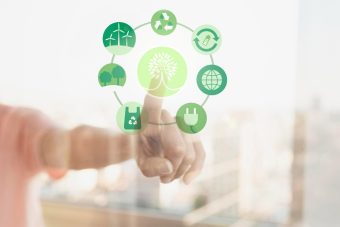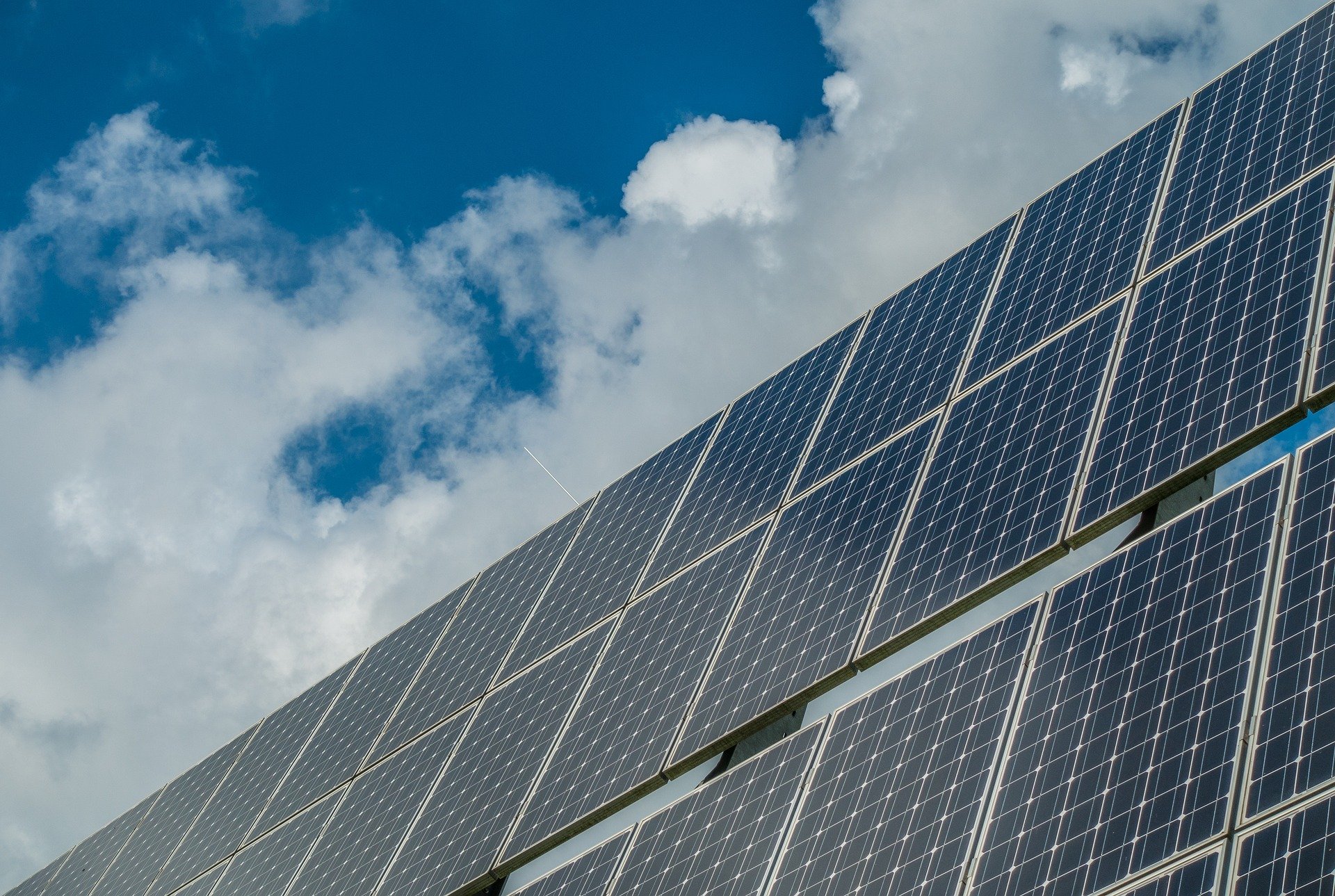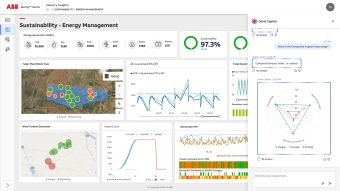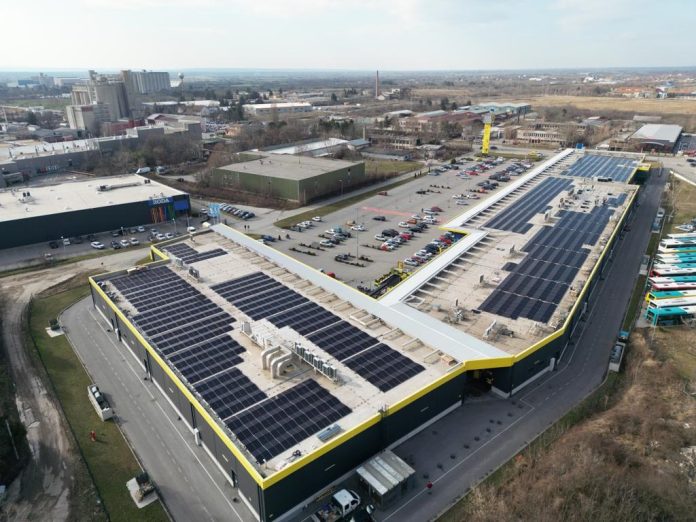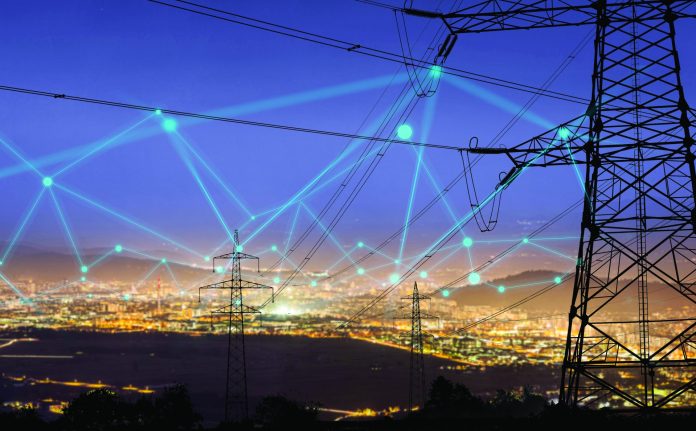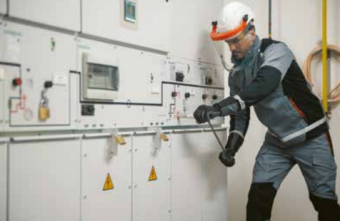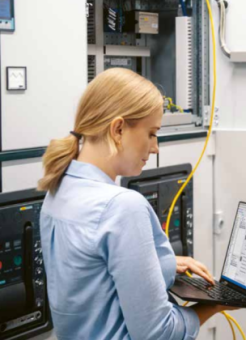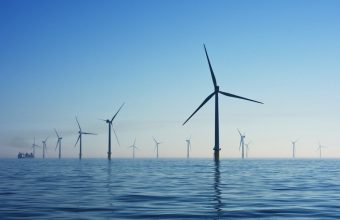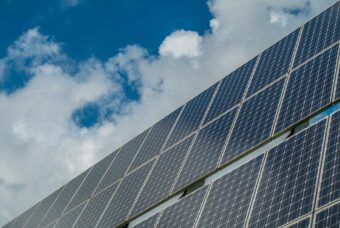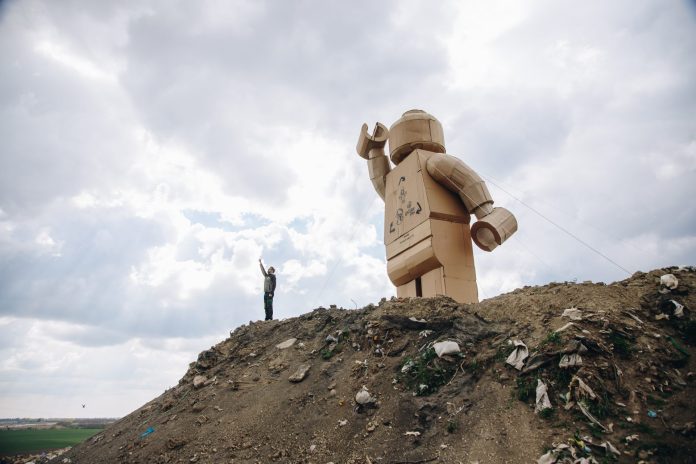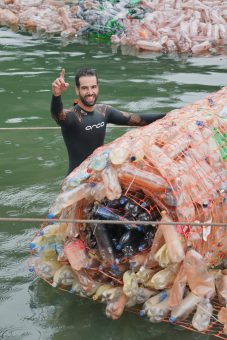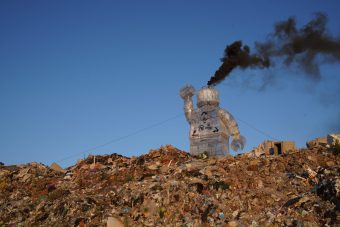
On July 25, 2023, at 10:00, SEEPEX successfully launched the Serbian continuous intraday electricity market!
Sixteen out of the twenty registered participants in the SEEPEX intraday market actively took part on the first trading day, representing participants from Serbia, the region, and the European Union. On the first trading day seven transactions are closed, and the daily reference base price, which is the average weighted price of all closed transactions, reached a value of 99,53 EUR/MWh.
The first registered transaction on the Serbian continuous intraday market was concluded exactly at 10:09:10, for a 1 MW contract with physical delivery in the 21-22 hour.
The go-live of the SEEPEX Continuous Intraday Market marks the first significant and concrete result of the synergy created within the ADEX Group, and continuation of providing top-notch services to market participants in line with the best European practices in trading and clearing solutions. It also represents a significant step towards completing the market framework and establishing a single regional solution for electricity trading in Central and Southeast Europe, one of the primary goals of the newly formed and growing ADEX infrastructure, being the progress eagerly awaited by all stakeholders in the electricity market.
Dubravka Đedović, Minister of Mining and Energy in the Government of the Republic of Serbia, said on this occasion: “By establishing an efficient intraday market, in addition to the day-ahead market, Serbia was the first in the region to offer investors in renewable energy sources a completely full market framework, necessary for optimal market positioning and risk control regarding the forecasts and balancing. This was also one of the most significant goals of the Ministry of Mining and Energy, which we achieved by amending the Law on the Use of Renewable Energy Sources – i.e. greater responsibility of investors for balancing the system and providing energy storage in case of bad forecasts. We need to protect the electricity system and ensure a stable supply of citizens and the economy, but with regulations that are also stimulating for investors, because in addition to public investments, we also need private investments in order to achieve strategic goals in the field of renewable energy sources, i.e. 45 percent of produced electricity from renewable energy sources by 2030. With the recently launched auctions for the allocation of market premiums for RES, and with the launch of the intraday electricity market, most of the prerequisites have been met“.
More:
Jelena Matejić, EMS General Manager and President of the Supervisory Board of the ADEX Group, emphasized: “With the successful go-live of the Serbian continuous intraday market, we have practically completed the process of establishing a liberalized electricity market in the Republic of Serbia, which is one of the most important factors for the safe and reliable operation of the entire power system. EMS will continue to work actively and devotedly with SEEPEX and European partners, offering ADEX as an efficient model for all future collaborations between transmission system operators and electricity market operators, aiming to connect the Serbian organized market with the single European market as the next major goal.”
“SEEPEX, this time in collaboration with partners from the ADEX Group, continues to push boundaries and provide the highest European standards in the power exchange business infrastructure. At the same time, this is an important additional boost for the electricity market in Southeast Europe since SEEPEX is the first organized market in the region to complete all aspects of an organized market, including the Serbian futures market, established a couple of years ago in collaboration with EEX AG,” stated Miloš Mladenović, Managing Director of SEEPEX, and a member of the ADEX Group Management Board.
Source: EMS AD


